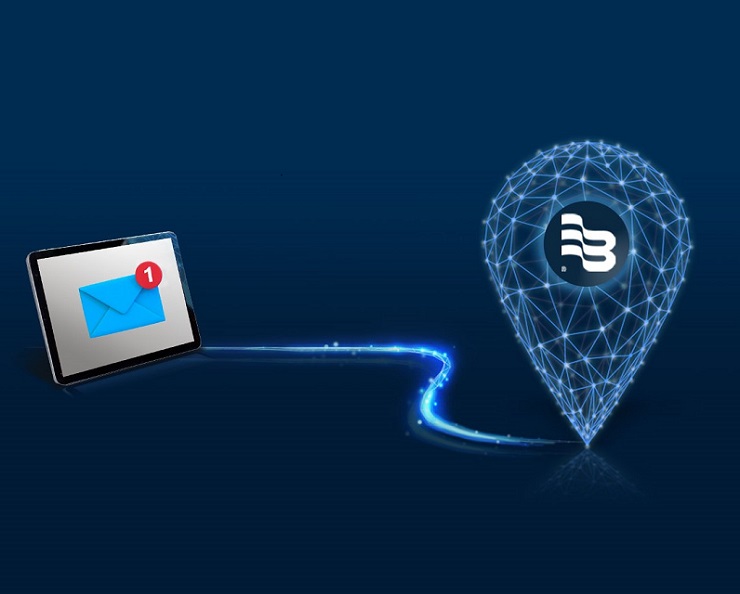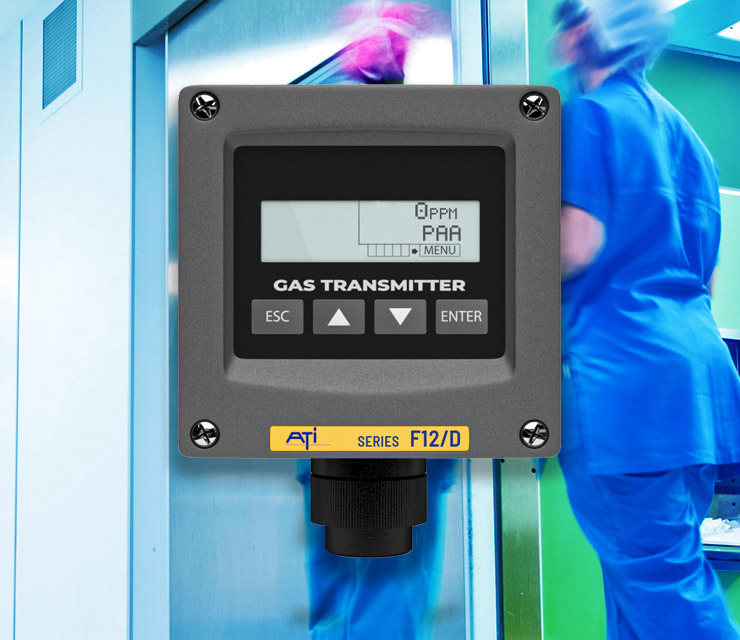- Water Monitoring
- WATER MONITORS BY PARAMETER:
- WATER MONITORING PRODUCTS:
- EchoSmart Sludge Blanket Monitor
- FilterSmart Gravity Filter Backwash Monitor
- Q46N Dissolved Ammonia Monitor
- Q46H/62-63 Residual Chlorine Monitor
- Q46H/79PR Total Chlorine Monitor
- Q46H/65 Chlorine Dioxide Monitor
- Q46C2 2E Conductivity Monitor
- Q46C4 4E Conductivity Monitor
- Q46/84 Hydrogen Peroxide Monitor
- Q46D Dissolved Oxygen Monitor
- Q45D Dissolved Oxygen Transmitter
- Q46H/64 Dissolved Ozone Monitor
- Q46/85 Peracetic Acid Monitor
- Q46P/R pH & ORP Monitor
- Q45C2 2E Resistivity Transmitter
- Q46S/66 Residual Sulfite Monitor
- Q46/88 Suspended Solids Monitor
- Q46/76 Turbidity Monitor
- View More >
- SMART WATER SOLUTIONS
- Gas Monitoring
- GAS MONITORS BY PARAMETER:
- GAS MONITORING PRODUCTS:
- A12 2-Wire Toxic Gas Transmitter
- A12-17 Combustible Gas Detector
- A14/A11 Modular Gas Detector
- A21 Gas Sampler
- A23-14 Ozone Generator
- B12 2-Wire Gas Transmitter
- B12 Wet Gas Detector
- B14 Gas Alarm Module Receivers
- C12-17 Combustible Gas Detector
- C21 Dri-Gas Sampling System
- D12 Toxic and Combustible Gas Detector
- D12Ex-IR Infrared Gas Transmitter
- D16 PortaSens Portable Gas Leak Detector
- E12-15 IR High Level Ammonia Gas Detector
- F12D Toxic Gas Detector
- F12iS Toxic Gas Transmitter
- GasSens Midi Controller
- IsoMon Dual-Channel Gas Detection
- Q45S Wet H2S Gas Detector
- Industries
- Support
- News & Case Studies
The Punta Gorda WTP is a 10MGD surface drinking water facility located just east of Punta Gorda Florida. The process includes floc tanks, four Solids Contact Units (SCUs) which are a form of upflow clarifier, which then feed two Greenleaf Filters with four cells each. The filters are backwashed every 70 hours regardless of head loss. High backwash flow rate is 5200gpm. The total cost to treat 1000 gallons of drinking water is $1.73 (£1.37).
The plant became aware of the FilterSmart Media Level and Turbidity Monitors in 2013 when the Utilities Director attended a presentation on FilterSmart at the AL/FL Joint Rural Water Conference and information was passed to the Plant Supervisor. A field trial was arranged and equipment purchased to outfit the filters.
Filter run times extended from 70 to 120 hours
During the field trial, it was noted that the loading in the filters was very light (see figure 1). This can be seen in the relatively low turbidity measured during the backwash. Since the backwash schedule was based on time and not head loss, the suggestion was made to incrementally increase the Filter Run Times (FRTs) until the head loss value was reached. FRTs were increased to roughly 150 hours at one point, but were backed off to 120 hours due to various concerns. This initial process adjustment resulted in a 42% decrease in backwash water consumption annually at a value of approximately $65,000 (£50,400).

High rate backwash flow duration reduced four minutes
Once the instruments were purchased and installed, backwash data also indicated that the high rate portion of the backwash was longer than necessary, and was reduced by four minutes (see figure 2). This adjustment resulted in a savings of approximately 22,100 gallons of wash water per wash, at a value of $21,000 (£16,000) annually.
Together, these two simple adjustments to the backwash process resulted in $86,000 (£66,700) in savings the first year. These savings are more than twice the total price of the instruments.

Dramatic savings through sludge measurement in drying & handling process
The flow of water in the SCUs is up through a blanket of sludge and into collection pipes which send the water to the filters. The sludge blanket rises to a level where it cascades into a trough, from which it is pumped to the drying process (see figure 3).

An EchoSmart sludge blanket monitor was installed in each of the four sludge troughs, with the signals used to control the sludge pumps. The goal was to keep the sludge level in the troughs within a 6-8 inch range. Previously, the sludge pumps were turned on and off manually, which produced inconsistent results. Using the EchoSmart blanket level to control the pumps eliminated these inconsistencies, and greatly reduced the hydraulic loading to the sludge drying train (see figure 4).

Perhaps the most unexpected and significant savings came from the sludge drying process. Backwash water and the sludge from the SCUs first go to a decant tank where the sludge settles and the supernatant is returned to the headworks. The settled sludge goes to one of a dozen three-walled drying cells with underdrains. A layer of sand is spread in the cells to protect the underdrain from the action of the front-end loader. Previously, all 12 cells were needed. With the reduced hydraulic loading, only one or two cells are now needed. Consequently, the amount of sand has been greatly reduced. According to the Plant Supervisor:
“We used to order between $200,000 (£155,200) and $300,000 (£232,800) of sand a year. Since we implemented the blanket monitors, we haven’t ordered sand in a couple of years.”
Brian Fuller, Utilities Director
In addition to these documented savings, there are others that haven’t been documented. For example, the driver of the front end loader is free to resume other maintenance activities. Fuel for the front end loader is reduced. Polymer use prior to the sludge press has been reduced. Tipping fees to haul the sludge to the dump have been greatly reduced.
Summary
All told, the savings to the plant in the first couple of years after installing the FilterSmart and EchoSmart monitors could easily reach over $500,000 (£419,000).
“We love these instruments. They’ve given us data that we can use to make decisions that have saved us a lot of money!”
Brian Fuller, Utilities Director
Featured Article
Continuous & real-time sludge blanket monitoring
ATi UK’s Senior Service Engineer, Mark Holmes, discusses the cutting-edge technologies available for measuring and monitoring sludge blanket…
ReadA team of experts, ready to help
A global company with a caring culture. We have a team of experts on hand to help with any product or support query you may have. Contact us and experience ATi’s exemplary customer support.
Get in touch





 Click here to see US contact details
Click here to see US contact details  Click here to see UK contact details
Click here to see UK contact details